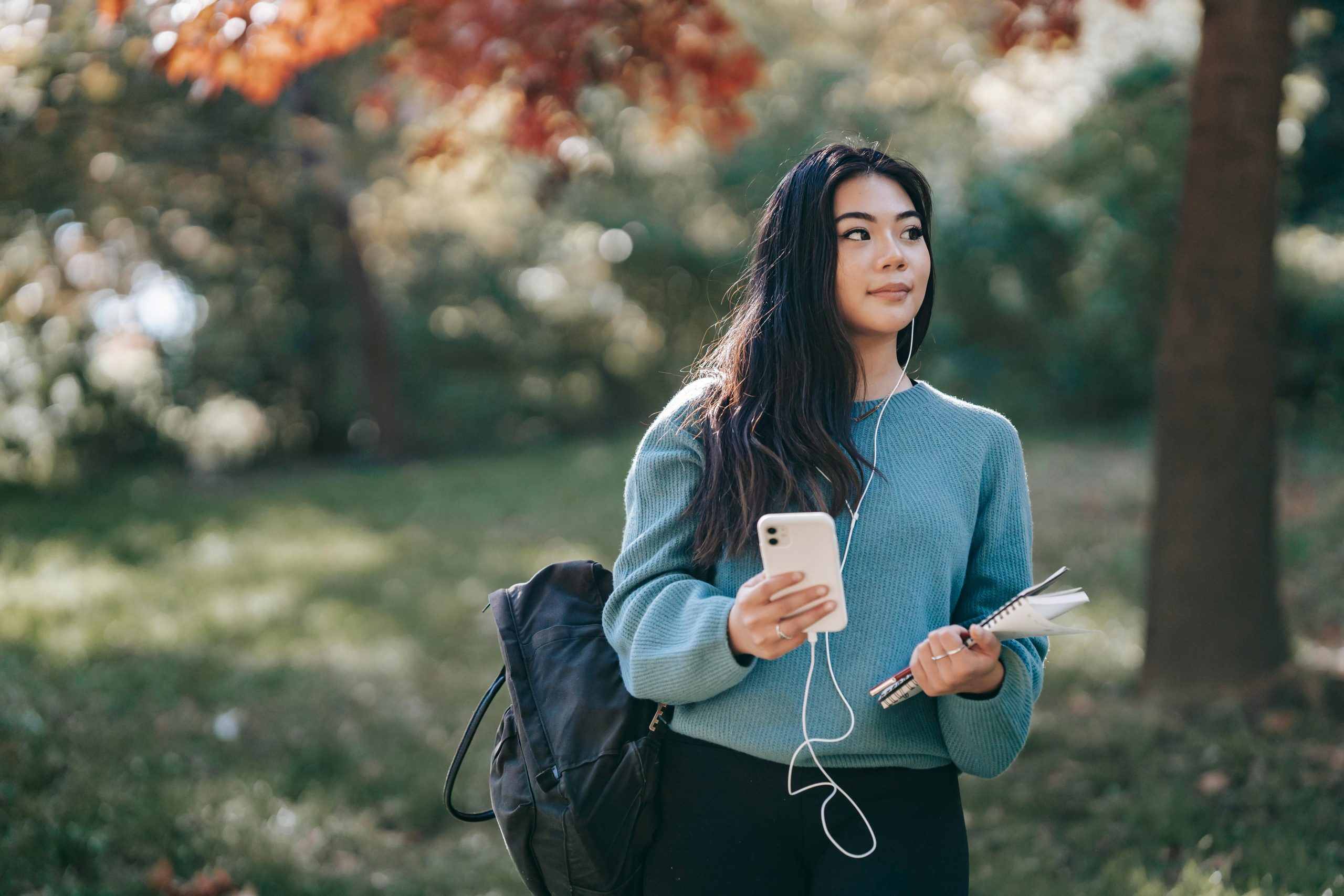What is ASMR?
The Definition of ASMR
Autonomous Sensory Meridian Response, popularly known as ASMR, refers to a tingling sensation typically felt on the scalp and down the spine around the nape of the neck. It generally occurs in response to specific auditory or visual stimuli, such as gentle whispers, tapping sounds, or personal attention scenarios. The phenomenon has grown exponentially in popularity with the rise of ASMR videos across various platforms like YouTube. As our understanding of wellness continues to evolve, many listeners find that ASMR can facilitate relaxation and potentially remedy certain stress-related ailments.
The Science Behind Autonomous Sensory Meridian Response
The science behind ASMR is still an emerging field. Researchers have begun to document the neurobiological responses associated with ASMR, examining how certain sounds and sights can trigger a blissful feeling. Neuroimaging studies indicate that ASMR experiences activate regions of the brain linked with relaxation and social bonding—areas often stimulated during comforting real-life interactions. These findings suggest that ASMR not only elicits a pleasant physical tingle but may also foster emotional well-being.
Common Triggers of ASMR Experiences
The triggers for ASMR can vary widely from person to person. However, some common stimuli include:
- Whispering: Soft spoken words often evoke ASMR due to their intimate nature.
- Tapping Sounds: The rhythmic sound of tapping objects is frequently cited as a common trigger.
- Personal Attention: Role-play scenarios, where an ASMR artist pretends to provide care, can induce a soothing experience.
- Crinkling Sounds: The sound of crinkling paper or plastic often brings about a relaxing response.
- ASMR Eating Sounds: The sounds produced while eating certain foods can trigger ASMR in many listeners.
The Benefits of ASMR for Relaxation
How ASMR Reduces Anxiety
Many individuals turn to ASMR as a form of anxiety relief. Its intricately layered sounds create an audio landscape that can distract the mind from stressors, allowing for deeper relaxation. A significant number of studies show that participants report feelings of calmness and tranquility when engaging with ASMR content. This calming effect seems to reduce the secretion of cortisol, the body’s primary stress hormone, potentially leading to a more balanced emotional state.
Improving Sleep Quality Through ASMR
Sleepless nights are a common challenge for many, but ASMR may offer a solution. When played before bedtime, ASMR videos have been known to lower heart rates and promote feelings of comfort, often resulting in improved sleep quality. Many ASMR enthusiasts report that engaging with this type of content helps them drift off faster, leading to deeper, more restorative sleep. A consistent bedtime ritual involving ASMR may thus aid in achieving a regular sleep schedule.
Using ASMR for Stress Relief
The combination of soft sounds, visual cues, and tranquility that ASMR content provides can significantly alleviate stress. The intentional, paced nature of ASMR videos allows the viewer to slow down and engage with the moment, creating a form of mindfulness practice. Multiple anecdotal accounts support the idea that ASMR can ease physical tension in the body, translating into emotional release and a feeling of serenity.
Popular ASMR Techniques in Videos
Exploring Whispering and Soft Sounds
Whispering is the cornerstone of ASMR videos. This deliberate technique serves to create a sense of intimacy, drawing the listener into the experience. Various ASMRtists use different styles of whispering, from soft and airy to crisp and clear, catering to diverse preferences among their audience. Furthermore, the acoustic environment plays a vital role; many creators use high-quality microphones to capture subtle audio nuances that enhance the ASMR experience.
Roleplay Scenarios: Engaging the Audience
Roleplay is a popular technique that involves the ASMR artist portraying different characters—such as a hairdresser or doctor—while providing comforting audio and visual cues. These scenarios help viewers immerse themselves in a fantastical experience tailored to soothe the senses. Not only does this format provide relaxation, but it can also bridge feelings of loneliness or anxiety, by creating a scenario of connection and care.
ASMR Tapping and Other Popular Sounds
Tapping sounds have carved out a significant niche in the ASMR community. The auditory appeal of tapping can create a mesmerizing rhythm that many listeners find irresistible. Other popular sounds include scratching, brushing, and ambient nature sounds—each contributing to the diverse tapestry of ASMR content. ASMR artists often combine various sounds to create intricate soundscapes, making each video unique and engaging for the audience.
ASMR Communities and Platforms
Finding ASMR Content on YouTube
YouTube remains the most popular platform for ASMR content, boasting thousands of creators dedicated to this genre. Search filters allow viewers to discover specific ASMR triggers tailored to their preferences, from gentle tapping to complex role-playing scenarios. Popular channels, such as Gibi ASMR and Gentle Whispering ASMR, are instrumental in shaping the landscape of ASMR today. Engaging with such channels not only provides content for relaxation but connects audiences with a broader community passionate about ASMR.
Engaging with ASMR Communities Online
ASMR has cultivated vibrant online communities that allow enthusiasts to share their experiences and find recommendations. Platforms like Reddit’s r/asmr serve as bustling hubs for discussion, video sharing, and even personal testimonials about how ASMR has impacted their lives. Engaging with these communities can deepen one’s understanding of ASMR, providing opportunities to discover new content and communal support.
Live ASMR Experiences: Twitch and Beyond
Streaming platforms like Twitch have begun to carve out a space for ASMR artists to engage with their audiences in real-time. Live ASMR sessions allow for immediate interaction, creating a unique environment where followers can request specific triggers or experiences. This newer form of ASMR content fosters a sense of community that differs from traditional pre-recorded formats, enhancing overall engagement.
How to Create Your Own ASMR Content
Essential Equipment for ASMR Recording
Creating ASMR content involves a blend of artistry, skill, and the right equipment. Essential tools include high-quality microphones to capture intricate sounds, headphones for real-time monitoring, and video equipment to enhance visual elements. Many ASMR artists also invest in audio interfaces and acoustic treatment for their recording spaces to minimize external noise, ensuring a pristine audio experience for their viewers.
Tips for Beginners in ASMR Video Creation
For those looking to create ASMR videos, starting with clear goals and identifying personal triggers can guide content development. A beginner should focus on experimenting with different sound types and delivery styles while maintaining a calm and soothing demeanor. Developing a consistent upload schedule helps to build an audience while refining video editing and sound design skills can enhance the quality of produced content over time.
Sharing ASMR on Social Media Effectively
Beyond traditional platforms, ASMR content can thrive on social media channels like TikTok and Instagram. Posting short clips that highlight specific ASMR triggers or creating themed content can draw viewers in and encourage them to explore longer-form video content. Engaging with your audience through comments and live sessions on these platforms can also cultivate loyalty and expand reach.















Leave a Reply